Cannock Chase AONB: Heathland, ancient woodland and grand country houses
Cannock Chase is the smallest Area of Outstanding Natural Beauty in Britain. Octavia Pollock takes a closer look.
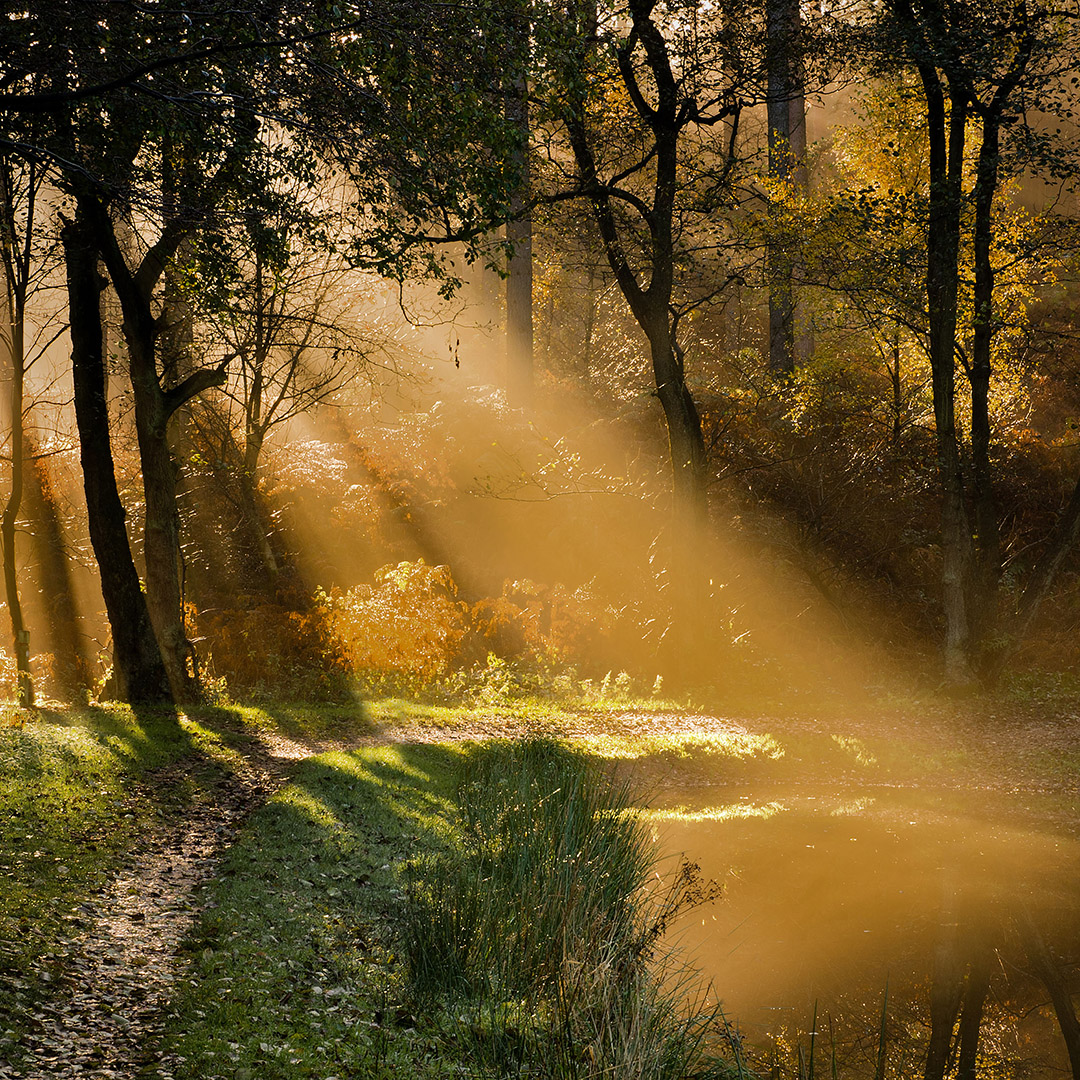

Cannock Chase’s very name reveals the history of the smallest AONB of all, now a 26 square mile oasis between the powerhouses of Birmingham, Leicester and Nottingham. It was William the Conqueror who first designated Cannock Forest for hunting and, in 1290, Edward I granted the sporting demesne of Cannock Chase, carved out of the forest, to the Bishop of Lichfield; deer are still considered an emblem of the area.
This Staffordshire AONB, which includes the largest area of heathland left in the Midlands, forestry and ancient woodland, is criss-crossed by 100 miles of rights of way, including the Heart of England Way and the Staffordshire Way
Coal mines once contributed to the prosperity of Cannock Chase, together with iron- and glass-making and quarrying (which continues), the River Trent and Staffordshire and Worcestershire canal allowing easy access to markets.
Of its great houses, Beaudesert near Rugeley — where the Paget family introduced the first blast furnace to the Midlands in the 1560s — is ruinous and others lost, but Shugborough Hall remains, now in the care of the National Trust. Inspired by his Grand Tour, Thomas Anson transformed the park into a ‘perfect paradise’ with neo-Classical garden buildings and a Chinese House, which commemorates the 1742 visit to China by his younger brother, Admiral George Anson.
Christened the ‘father of the Royal Navy’ for his reforms in ship-building and training, the Admiral was the second Englishman to circumnavigate the world, after Sir Francis Drake, and a lion’s leg from the figurehead of his ship HMS Centurion remains at Shugborough. The Ansons were created Earls of Lichfield in 1831 and, in 1957, the 3rd Earl gave 2,000 acres to Staffordshire County Council, creating England’s largest country park.
Cannock Chase played a vital role in the First World War, with one of Britain’s largest training camps within its bounds. It was the headquarters of the New Zealand Rifle Brigade and, in 1918, the troops constructed a scale model of Messines here, the town the brigade had helped capture in 1917.
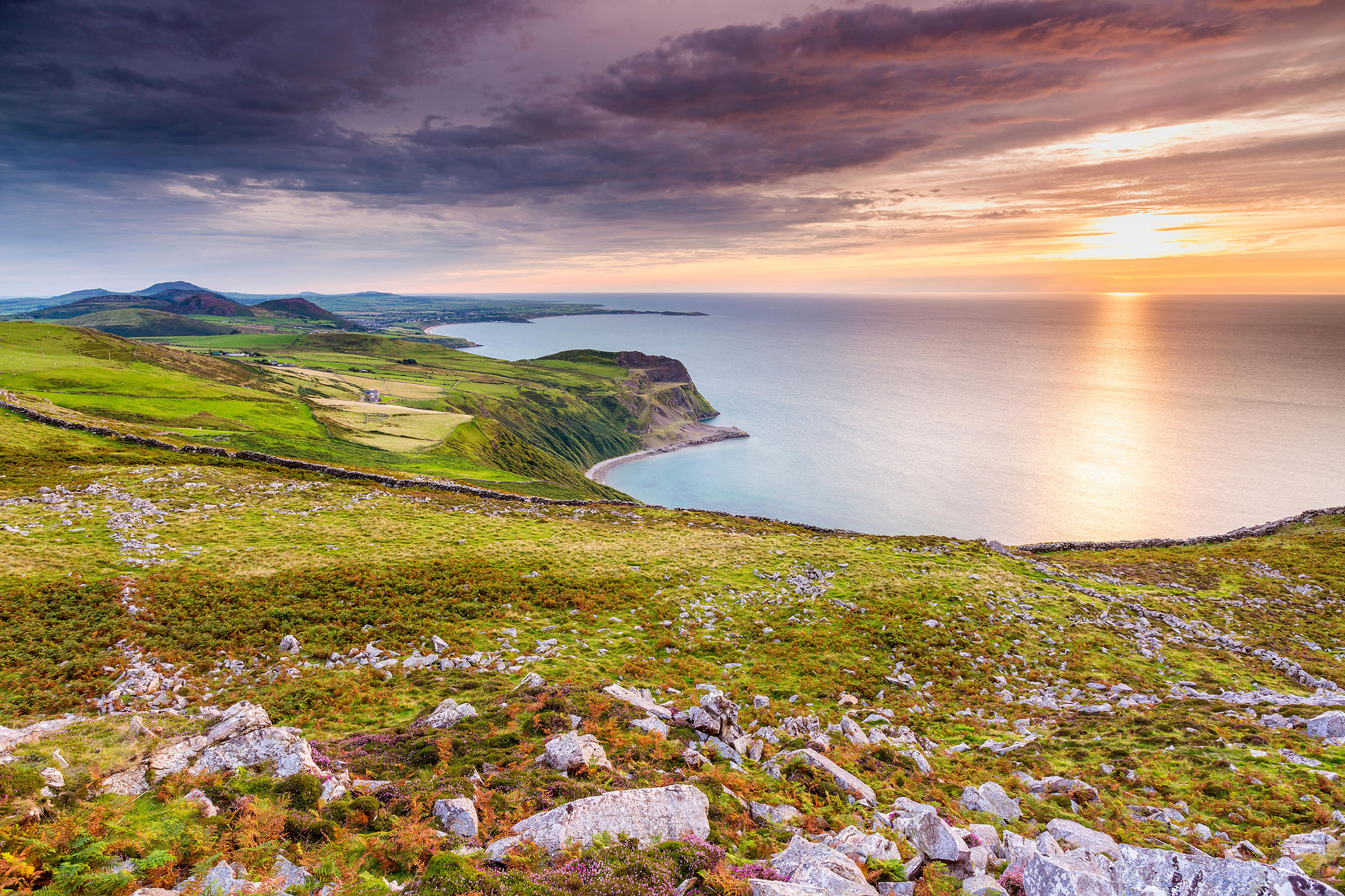
The Llyn Peninsula AONB: Spectacular views, tragic tales and the rarest apple in the world
The Llyn Peninsla AONB entrances Kate Green.
Sign up for the Country Life Newsletter
Exquisite houses, the beauty of Nature, and how to get the most from your life, straight to your inbox.
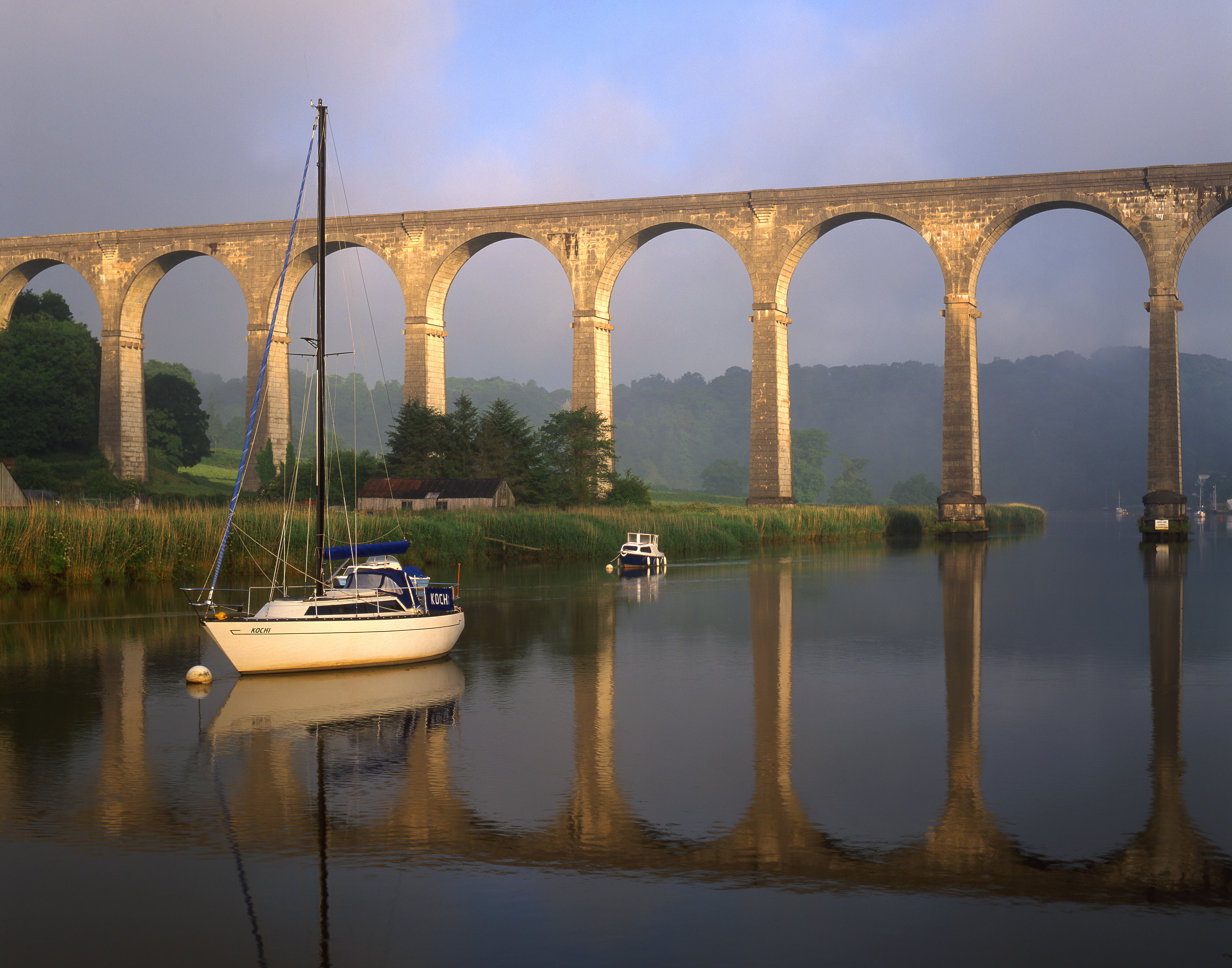
The Tamar Valley AONB: Mines, otters and the ghost of a 'black widow' who roams the moors in a carriage of bones
Kate Green focuses on the Tamar Valley AONB.
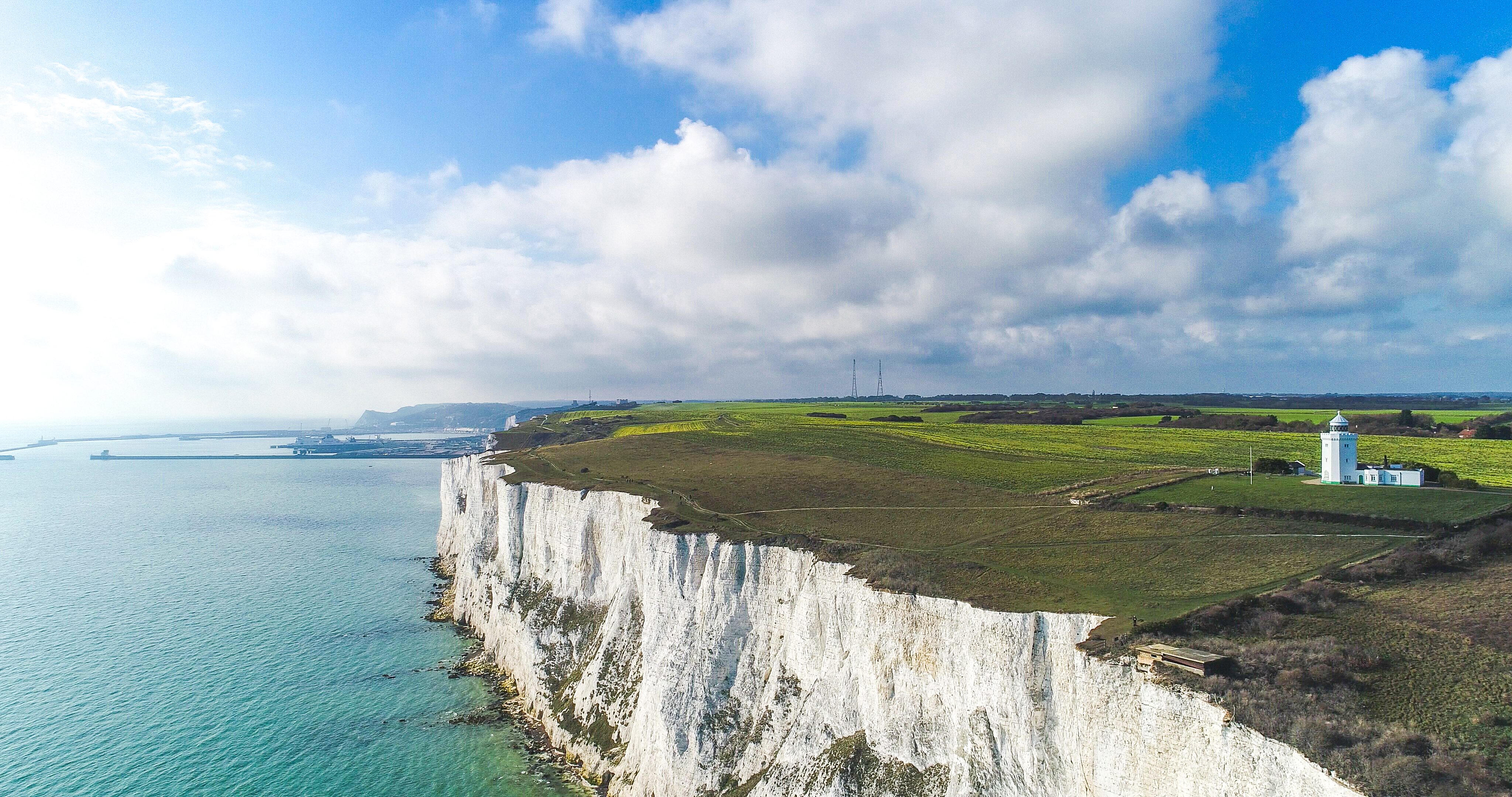
The Kent Downs AONB: One of Mother Nature's works of art, from the famous White Cliffs to the wildlife of the Garden of England
Victoria Marston takes a look at the magnificently beautiful Kent Downs AONB.
Octavia, Country Life's Chief Sub Editor, began her career aged six when she corrected the grammar on a fish-and-chip sign at a country fair. With a degree in History of Art and English from St Andrews University, she ventured to London with trepidation, but swiftly found her spiritual home at Country Life. She ran away to San Francisco in California in 2013, but returned in 2018 and has settled in West Sussex with her miniature poodle Tiffin. Octavia also writes for The Field and Horse & Hound and is never happier than on a horse behind hounds.
-
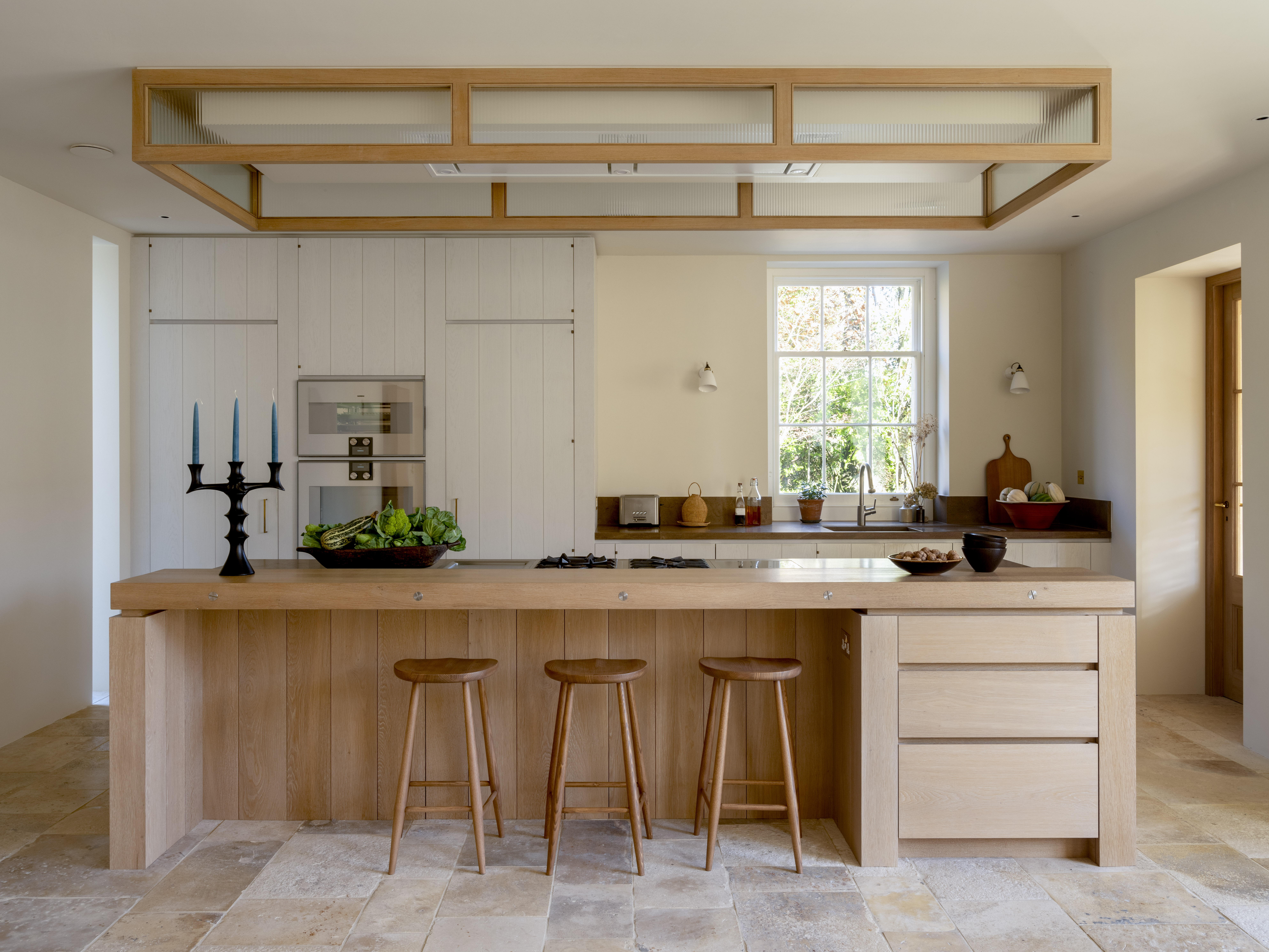 Designer's Room: A solid oak French kitchen that's been cleverly engineered to last
Designer's Room: A solid oak French kitchen that's been cleverly engineered to lastKitchen and joinery specialist Artichoke had several clever tricks to deal with the fact that natural wood expands and contracts.
By Amelia Thorpe
-
 Chocolate eggs, bunnies and the Resurrection: Country Life Quiz of the Day, April 18, 2025
Chocolate eggs, bunnies and the Resurrection: Country Life Quiz of the Day, April 18, 2025Friday's quiz is an Easter special.
By James Fisher